The First-ever Kawasaki H2 variant was the Kawasaki H2 Mach IV also known as the widowmaker. This is the same platform the world’s fastest production bike Kawasaki Ninja H2R is based on.

Kawasaki H2 Mach IV | Photo Credit: Silodrome
In the ’70s Motorcycle manufacturers often looked for ways to develop and manufacture bigger motorcycles that could go fast because of the Formula 750 series. Manufacturers such as Ducati, Norton, Suzuki, Kawasaki and Yamaha focused more on the 750cc motorcycles. Introduction of the Kawasaki H2 Mach IV in 1991 changed the game.
Kawasaki H2 Mach IV

Kawasaki H1 Mach III | Photo Credit: Motorcycle Classics
The Kawasaki H2 Mach IV sold from 1971-1975 is the result of 1969 500cc Kawasaki H1 Mach III. The H2 Mach IV featured a 748cc three-cylinder two stoker engine which was able to produce 74Hp at 6,800 rpm. Weighing 205Kg which was 8Kg more than the H1 Mach III, however, the power to weight ratio was 1Hp per 2.6Kg. The newly developed 750cc engine on the Mach IV had more low-end torque and had power throughout 3,500rpm to 7,500rpm until the redline. More powerful than the older 500cc Mach III’s engine. Just as the current Ninja H2R, the Mach IV was the fastest accelerating motorcycle of that time and could hit a top speed of 126mph.

However, the lightened tubular cradle frame of the Kawasaki H2 Mach IV could flex and weave under hard cornering as it was not able to handle the engine’s power. On top of this, the weight of the H2 Mach IV was acting on the rear of the bike. With the combination of the short swingarm, the riders had to be very careful when cornering.
Though the H2 Mach IV was the fastest bike that time in the hand of experienced riders. It was also named “The Widowmaker” as the motorcycle could potentially kill inexperienced riders. However, with time Kawasaki started to fix these issues in the upcoming years.

During the 2nd production year 1972, Kawasaki introduced single-piston port disc brakes because of the compactness and simplicity. On top of this, buyers had the option to add on a second disc brake as an option. The bike featured a hydraulic steering damper to improve the handling, chain oiler and capacitor discharge ignition (CDI) system. The motorcycle featured a race tail with the taillights and small storage space.

Kawasaki H1 and H2 | Photo Credit: MCN
Kawasaki H2 A/B/C Variants
However, in 1973 Kawasaki tried to improve the fuel efficiency making minor mechanical changes to the oil injection pump, cylinder port timing and carburettor jets. The 1973 model, also known as H2A had better fuel consumption. However, the power output dropped drastically.

H2A Mach IV | Photo Credit: Bikes Restored
The H2B, introduced in 1974, had the most notable changes. The slimmed-down race tail and the longer swingarm to improve stability. As for the powertrain, the modified engine delivered more civilised power which reduced the power output to 71 Hp at 6,800 rpm. Unlike the previous models with only a single oil injection system, the H2B had two separate lines. The separate branched lines were supplying oil to the carburettors from a single mainline. As for the oil injection to the bearings, a set of three different lines were introduced as before. In the H2B and the later H2C variant, the placement of the steering damper moved to the left.

H2B Mach IV | Photo Credit: Classic-Motorbikes

H2C Mach IV | Photo Credit: Classic-Motorbikes
Conclusively, the current Kawasaki Ninja H2 and the H2 Mach IV from 1971 share the same DNA. Both built for the same purpose, which is to go fast and to stand out in their own way.

The Evolved Kawasaki Ninja H2 | Photo Credit: Kawasaki


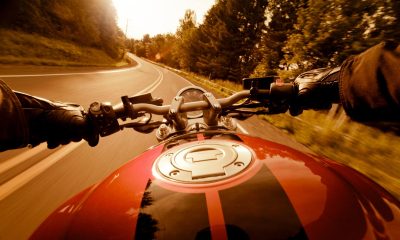
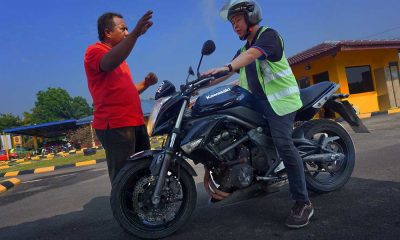
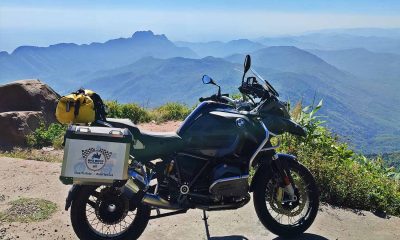
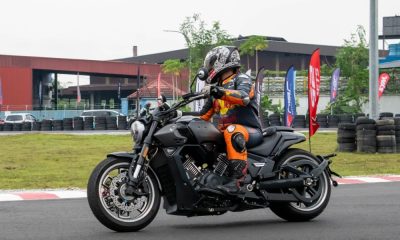
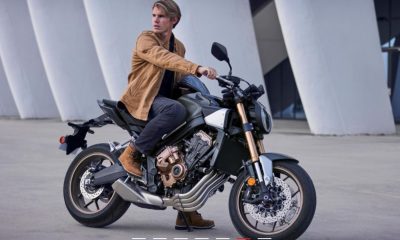


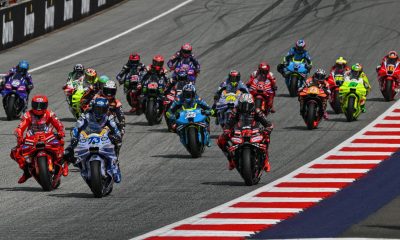

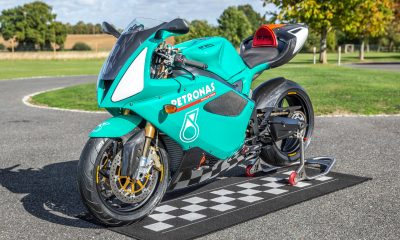

















Facebook
Instagram
X (Twitter)
YouTube
LinkedIn
RSS